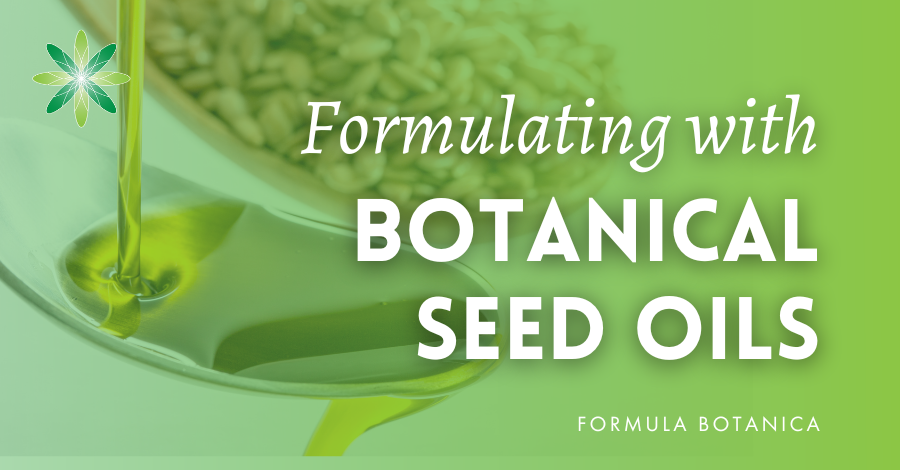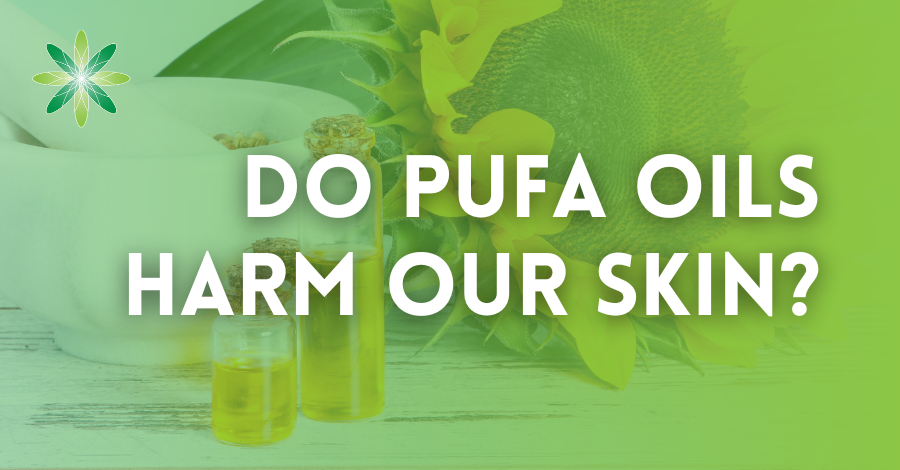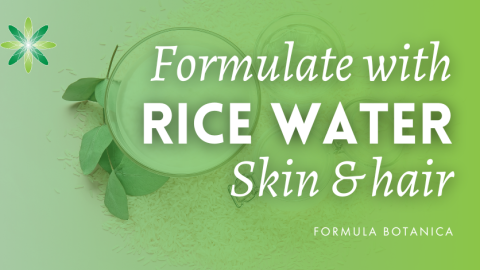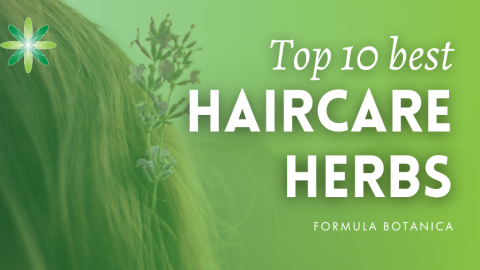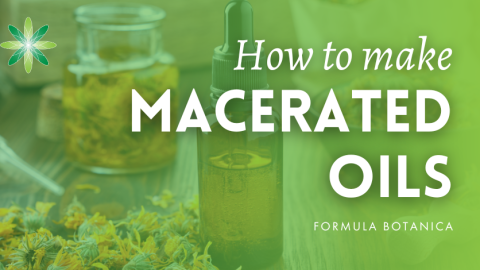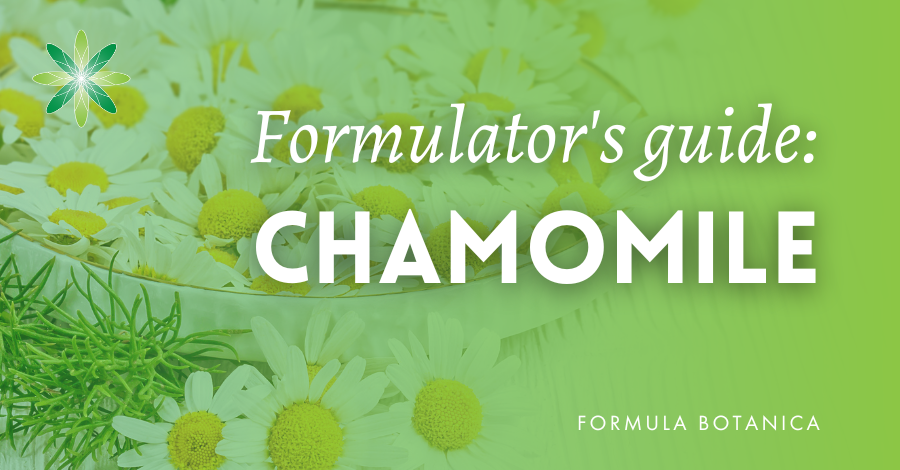When you start out in natural cosmetic formulation, you will come across the bounty of botanical seed oils very early on. Many of the simple, beginner-level, anhydrous formulations on this blog contain seed oils. Here are just some:
How to make a simple unscented balm – this contains buriti seed oil, a vibrant red oil known as a rich natural source of beta-carotene.
How to make a berry-tinted lip balm – this balm contains safflower seed oil, which is common in lipcare products as it provides shine and lubrication.
How to make a cranberry and oat body balm – cranberry seed oil is non-greasy and rich in nutrients such as carotenes as well as vitamin E compounds (tocopherols and tocotrienols) that are active against free radical damage.
How to make a camellia cleansing oil – camellia oil is rich in unsaturated fatty acids and polyphenols and is a fantastic oil to have in cleansing products as it leaves the skin soft without greasiness.
In fact, as we publish this post, some 100 search results on this site come up for seed oils, so it is likely that a quarter of our free formulations feature seed oils. As you can tell, seed oils are popular ingredients in natural cosmetics, playing myriad roles as foundation ingredients and providing numerous benefits to cosmetics, a few of which we just mentioned above.
Why single out seed oils?
Recently, we have noticed a surge in articles and social media posts that decry seed oils as detrimental to our health. Seed oils have become a topical, highly-charged subject.
Much of this discussion relates to seed oils’ benefits or otherwise within our diet and as common ingredients in processed foods; canola, rapeseed, sunflower and soybean oils are among the refined seed oils most frequently mentioned, and they all happen to be polyunsaturated oils. We explain the chemical structure of oils later on.
The role of fats, whether plant- or animal-derived and whether saturated or unsaturated, in our diet is complex and the subject of much ongoing research. A British Medical Journal paper, which examines opposing research conclusions on fats and cardiovascular disease, obesity, and other factors, starts by saying: ”Are dietary fats “villains”, are they benign, or are they even “heroes” that could help us consume better overall diets and promote health? And, which dietary fats fit into which category?”
In the world of cosmetics, similar questions are being raised about polyunsaturated and monounsaturated oils vs saturated fats in relation to skin and hair care. There are cosmetics’ brands stressing that they formulate without seed oils rich in polyunsaturated fatty acids (PUFAs), preferring instead to use predominantly saturated botanical oils, and sometimes animal tallow, in their products.
A preference to formulate cosmetics with a high amount of saturated botanical oils and tallow is the formulator’s and brand’s choice. These ingredients offer great benefits to our skin and most certainly have a firm place in cosmetics’ manufacture. Where would we be without babassu, moringa, coconut and other gorgeous saturated fat oils, butters and more?
Interestingly, tallow has been a cosmetic ingredient for millennia. A Roman face unguent was unearthed at an archaeological site in London which proved, on examination, to be formulated with animal fats. Many other seed oils have been used since ancient times. Sesame is one of the oldest seed oil crops. Grown in the Middle East as a drought-tolerant crop, the sesame plant’s seed oil was used for everything from cooking to lighting and cosmetics, as well as in rituals. As an aside, the history of botanical formulation makes fascinating reading.
What you need to know about seed oils
As with most concerns arising in relation to the use of certain cosmetic ingredients, PUFAs included, there is underlying scientific research that provides the basis for both the facts and myths circulating. A few years ago, there were viewpoints published about botanical oils and balms ruining our skin, and we ran an article examining and rebutting the theory. Today, it would appear that the seed oil debate is still very much alive.
First, let’s define seed oils and look at their science as cosmetic ingredients.
What are seed oils?
Botanical oils and fats, as opposed to volatile essential oils, are extracted from seeds, fruit flesh, nuts, pips and stone kernels. In general, the oil is extracted by mechanical, cold pressing, but the method varies depending on the plant, and heat is used to help extract oil from harder seeds like safflower. Seed oils have widespread uses in industry, food and animal feed manufacturing, as well as in cosmetics.
Seed oils are often called carrier oils for the role they play in carrying essential oils in the practice of aromatherapy. Vegetable oils have large molecules and are defined as fixed oils as they do not evaporate, in contrast to essential oils which generally have small, light, highly volatile molecules (although some essential oils, like sandalwood, are slow to evaporate and have an oilier, waxier feel). Fixed oils have varying rates of absorption and can vary from feeling very greasy to even “dry” on the skin, and some, such as grapeseed, are said to demonstrate astringent effects.
Vegetable oils are mostly made up of a mixture of triglycerides – molecules comprising a glycerol (glycerine) core with three fatty acids, each of which has its own specific properties. Seed oils also contain a small amount of free fatty acids – so called as they are not attached to a glycerine molecule – along with other botanical compounds called the unsaponifiables that include vitamins, phytosterols, polyphenols, catechins or squalane.
Unrefined seed oils
If you buy olive oil, you will probably be aware that there are different grades of the oil, with the first cold-pressed oil being a superior grade. Similarly, different grades of oil are produced from most commercial seed oil crops. To extract a greater oil yield, later pressings of the same seed oil “cake” may involve the use of heat. Higher temperatures degrade the oil by damaging its inherent antioxidants, vitamins, phytosterols and so on. Oils from the first pressing – in the case of olive, these are often called virgin olive oils – tend to appear opaque and unctuous. Oils from those later pressings are usually lighter in colour, more translucent and less viscous.
Refined seed oils
Some seed oils, especially those used in the food industry and as cooking oils, but also many of those used in cosmetics, have been refined. During the processing, seeds destined to produce refined oils may be heated to high temperatures to ensure a higher oil yield, and their resultant oils may be bleached to remove colour, have synthetic antioxidants, vitamins and minerals added to replace those damaged by the heat, and be deodorised as well as filtered to remove natural waxes.
Refined oils are likely to have their free fatty acid content removed along with the unsaponifiable elements such as phytosterols, polyphenols and so on. The bleaching and degumming process removes natural colourants and waxes. They may even undergo hydrogenation in order to improve their stability (reduce their propensity to oxidise), change their state from liquid to semi-solid, and make them more versatile for use.
There are times we may wish to use refined oils to offer neutral bases, less odour and greater stability to our products, or perhaps to reduce our costs, and so on. You will need to ask your suppliers about the provenance and extraction methods of your chosen oils, as refined oils, despite their chemical processing and additives, can be described as “pure and natural.”
Even the INCI of an ingredient will not give you clarity for whether an oil is refined or not. In deciding whether to use refined oils, you will need to determine your own criteria on what constitutes a natural ingredient, as our podcast on the so-called 4 shades of natural explains.
Why you need to understand chemical structures of seed oils
Each seed oil is unique and carries its own fingerprint of components such as triglycerides, free fatty acids, tocopherols, phytosterols, phospholipids, waxes, squalene, and phenolic compounds, along with varying presences of oil-soluble vitamins and unsaponifiable compounds.
Most natural cosmetic formulators opt for unrefined botanical oils specifically to explore and harness the inherent and diverse properties of different oils for specific cosmetic purposes. Researching the properties of seed and other botanical oils is one of the most fascinating and enriching aspects of learning to formulate. We encourage our students to research botanical oils in their locality, region, or country, and many have gone on to create successful cosmetic lines based on oils indigenous to their region.
There are so many botanical oils to choose from that it can be hard to know which to buy first when you start out formulating. Which oils will you turn to time and again? Which are the most versatile for the formulator? Which are the least expensive and longest lasting?
Take a look at these articles on seed oils for some answers:
Top 10 botanical oils every formulator needs
10 best zero waste oils for skincare and haircare
8 best oils for botanical infusions
10 best winter carrier oils for skincare and haircare
10 natural African skincare ingredients
Our understanding of which oils to use when, how and why is the key to making the most of seed oil benefits in cosmetics. And we can understand this better if we know their chemical structure.
Saturated vs unsaturated fatty acids
Seed oils can contain two types of fatty acids – saturated and unsaturated – which describe how their carbon chains are arranged. Usually, one type of fatty acid is predominant in the oil’s composition. Saturated fatty acids have single bonds between the carbon atoms, whereas unsaturated fatty acids have double bonds. And, of course, the chains of atoms vary in length too. Now, let’s see how this carbon chain makeup affects oils.
Seed oil stability
Those carbon atom bonds play a key role in determining the stability of the oil, and in discussing stability, we focus primarily on an oil’s propensity to oxidise or go rancid. Polyunsaturated oils – those with two or more double bonds in their chain – are less stable than saturated fatty acid oils. Their double bonds can be prised open and they can attach themselves to oxygen atoms in a process known as oxidisation. Saturated fatty acids. with each bond attached to (saturated by) a hydrogen atom, have no spare bond to attach to oxygen atoms. It therefore remains more stable.
Long-chain, saturated fats tend to form more viscous, semi-solid and solid oils, waxes and butters. This group includes oils such as coconut, palm and olive. An oil formed of medium-chain triglycerides, commonly called MCT and typically composed of a blend of coconut and palm oils, is often used in cosmetics as it demonstrates good stability and therefore a longer shelf life, is translucent, fairly colourless, has emollient properties and a low odour.
You will realise at this point that the issue of oxidation lies at the heart of how best to formulate with seed oils. Oils prone to oxidising faster – mostly those polyunsaturated oils – may seem tricky to work with in cosmetics, as we generally desire stable, long-lasting products. Some would argue that PUFAs should be used sparingly or not at all. But to avoid poly- and monounsaturated seed oils would be to miss out on harnessing their unique, skin-beneficial components for our cosmetics.
So, where does the truth lie about the potential harm that polyunsaturated fatty acid oils do to our skin and hair? We need to investigate further to clarify the issue.
Do polyunsaturated oils harm our skin?
As usual, the PUFA argument is far from black and white, and there are various nuances to pay attention to. We need to research our botanical seed oils thoroughly to ensure we create stable, well-formulated products that PUFAs can enhance and infuse with benefits.
The Cosmetic Ingredient Review (CIR) Panel of Experts released a 2019 report on the safety of fatty acids and fatty acid salt in cosmetics. In its introduction, it states: “The Panel also noted the potential for polyunsaturated fatty acids to undergo oxidation during the formulation of cosmetic products, which may produce compounds that may be dermal sensitizers. The Panel concluded that fatty acids and fatty acid salts are safe in cosmetics in the present practices of use and concentration described in this safety assessment when formulated to be non-irritating and non-sensitizing, which may be determined based on a quantitative risk assessment (QRA)”.
What this review indicates is that the products of PUFA oxidation can be dermal sensitisers, not the PUFAs themselves. As cosmetic formulators, we need to be aware of the propensity of PUFAs to oxidise faster than saturated fatty acid oils and to understand the limitations that brings. We need to avoid factors that may accelerate the oxidation process as much as possible and store, handle, and formulate with PUFAs accordingly.
Best practice in formulating with PUFA seed oils
Using oils rich in PUFAs may decrease a product’s shelf life, but it depends on how it is formulated and stored. As a formulator, you can choose to have a product with a shorter shelf life if you wish it to have the benefits these oils can provide. It depends on many things: where you sell your cosmetic products, who your target customer is, the size of the batches you prepare, and other factors like climate, storage facilities and so on. If the product has a short shelf life, you can decide to sell small volumes, for example.
There are plenty of options to mitigate the negatives associated with using polyunsaturated seed oils and to fully exploit their benefits. For instance, you can extend a product’s shelf life by including more saturated oils and also refined oils, which have had their free fatty acid content removed. The fatty acids that are present as triglycerides can also oxidise, but not as quickly as the free fatty acids.
Even simple actions such as adding antioxidants like vitamin E, using UV-resistant packaging and storing the product protected from exposure to air, heat and light are recommended. Safety assessments of your products will determine their recommended period after opening (3-36 months).
In conclusion
In conclusion, we can say that seed oils are commonplace and beneficial in our cosmetics, both in mainstream and indie beauty products, both as functional ingredients and as additives providing, for example, vitamins, polyphenols, catechins and so on. There are some issues relating to the use of polyunsaturated fatty acid seed oils that formulators need to understand in order to formulate with them to create stable, efficacious and safe cosmetics.
We must research and select the best oils for the cosmetic results we desire from our products, mindful of PUFAs’ tendency to oxidise faster than saturated oils. We can mitigate their oxidation by formulating to good manufacturing procedure guidelines, by storing and handling our seeds oils away from heat and light, and minimising their exposure to heat in our manufacturing methods. By balancing PUFAs with more stable oils and including additional ingredients such as antioxidants like vitamin E, we can extend the shelf life of products that contain PUFA seed oils.
Finally, as trained, competent natural cosmetic formulators, we can bust the myth that PUFAs in cosmetics harm our skin and hair. Let’s call out seed oils, both saturated and polyunsaturated, for the benefits they impart to our cosmetic products.
References and further reading
Moore EM et al., 2020. The Enigma of Bioactivity and Toxicity of Botanical Oils for Skin Care.
Burnett CL et al., 2019. Safety Assessment of Fatty Acids & Fatty Acid Salts as Used in Cosmetics (PDF).
Lin T-K et al., 2018. Anti-Inflammatory and Skin Barrier Repair Effects of Topical Application of Some Plant Oils.
Burnett CL et al., 2017. Safety Assessment of Plant-Derived Fatty Acid Oils.
Leave us a comment

Liz was Formula Botanica’s Content Coordinator between August 2020-2024. Liz worked as a professional blogger, journalist and site developer for many years and was also part of the Formula Botanica student community. Read more about the Formula Botanica Team.

